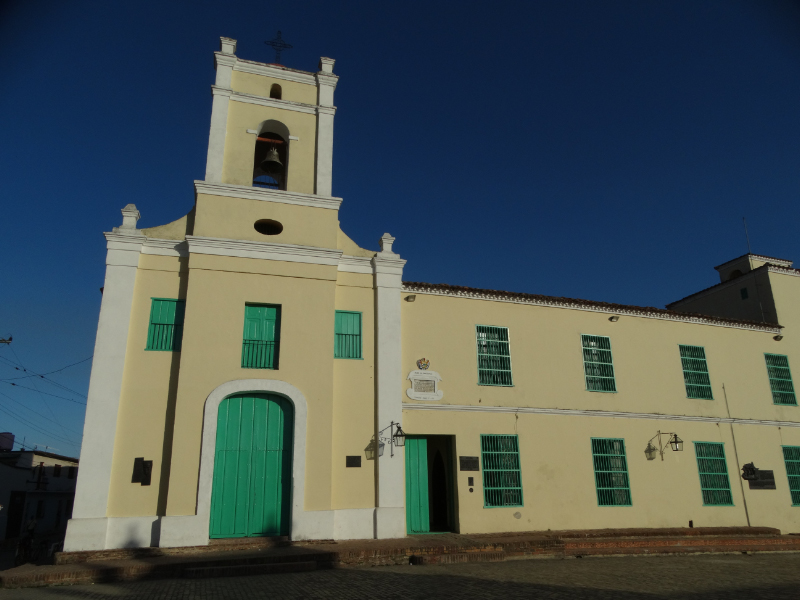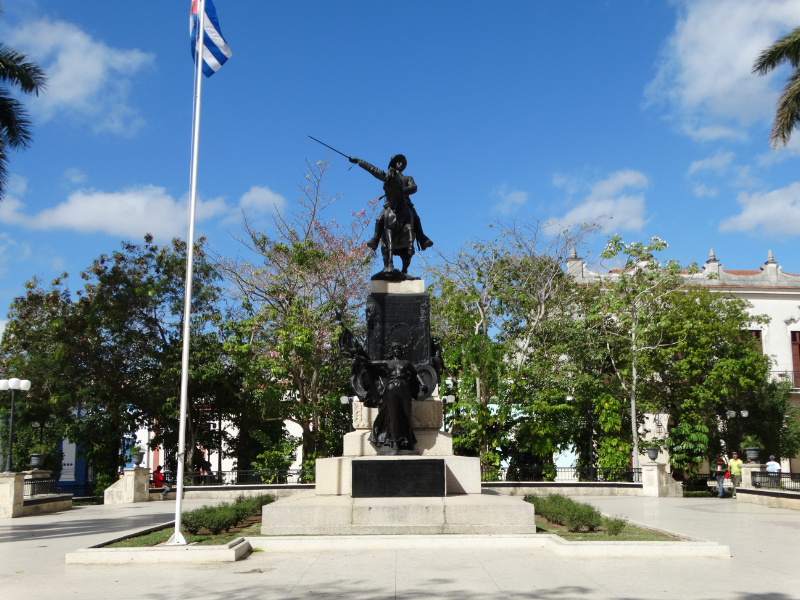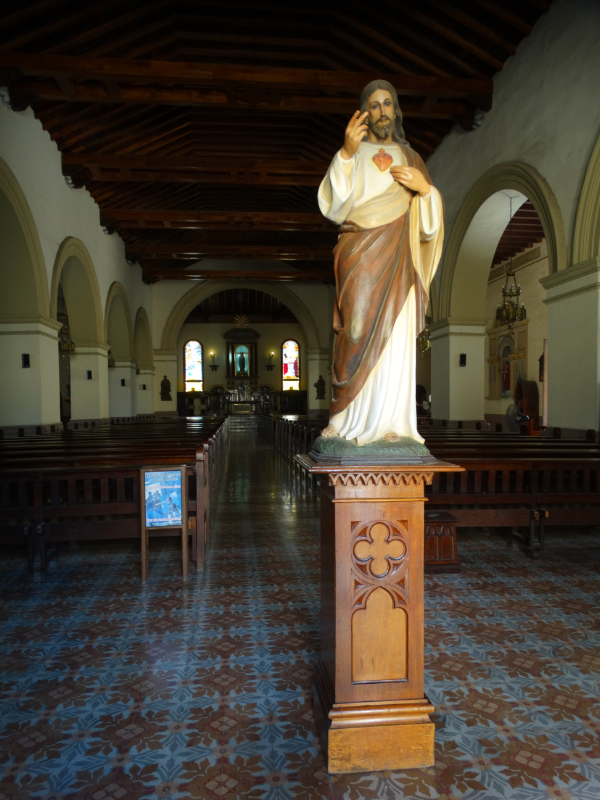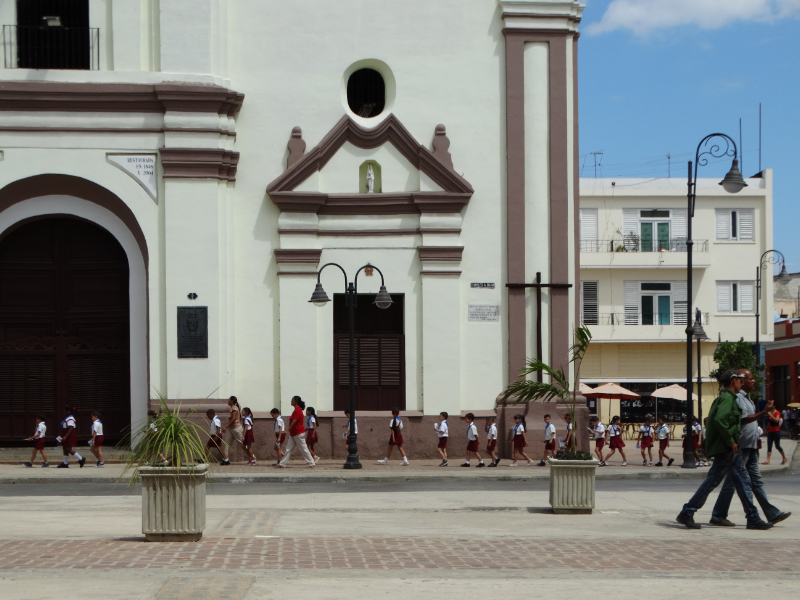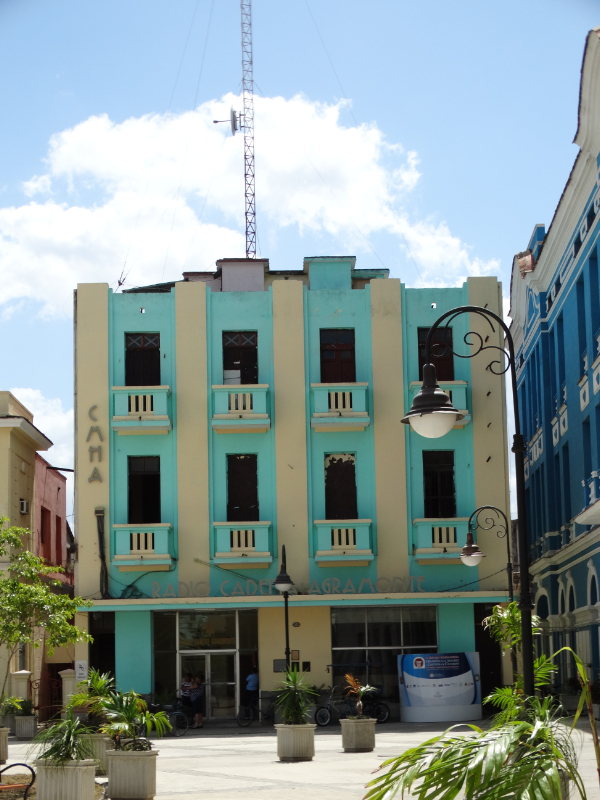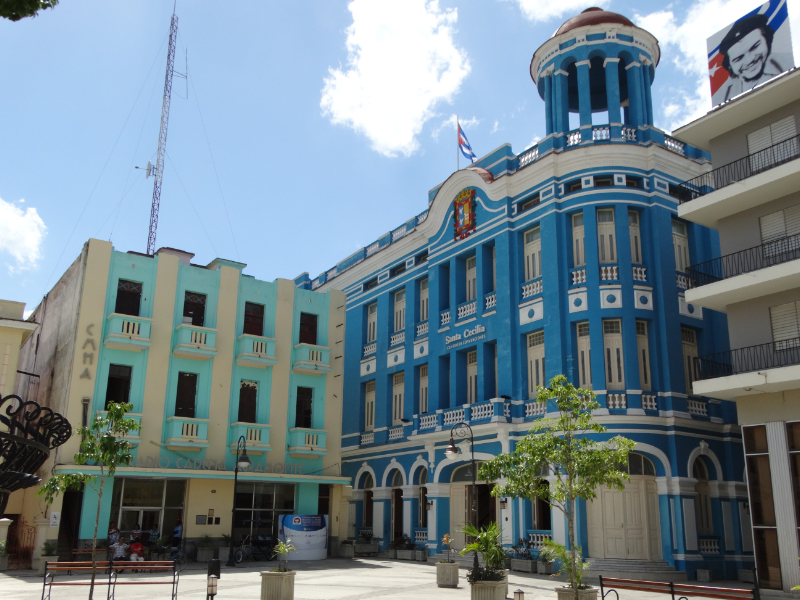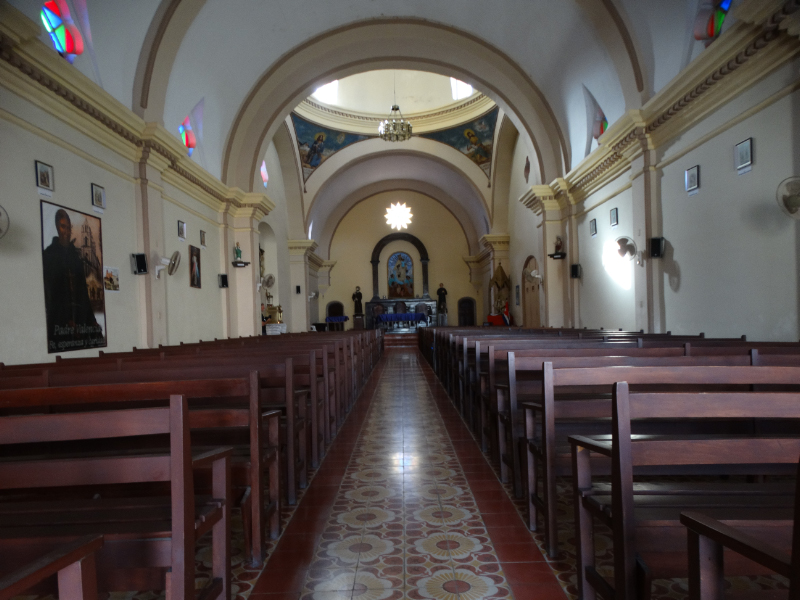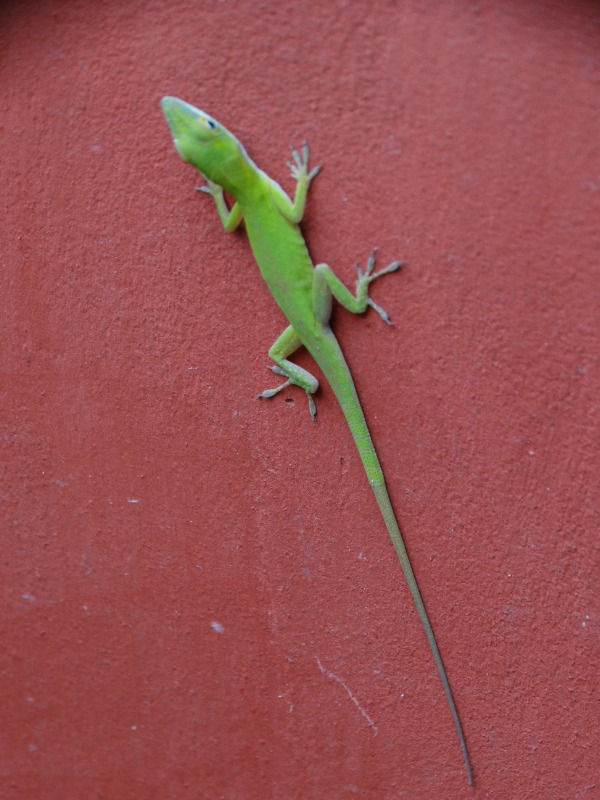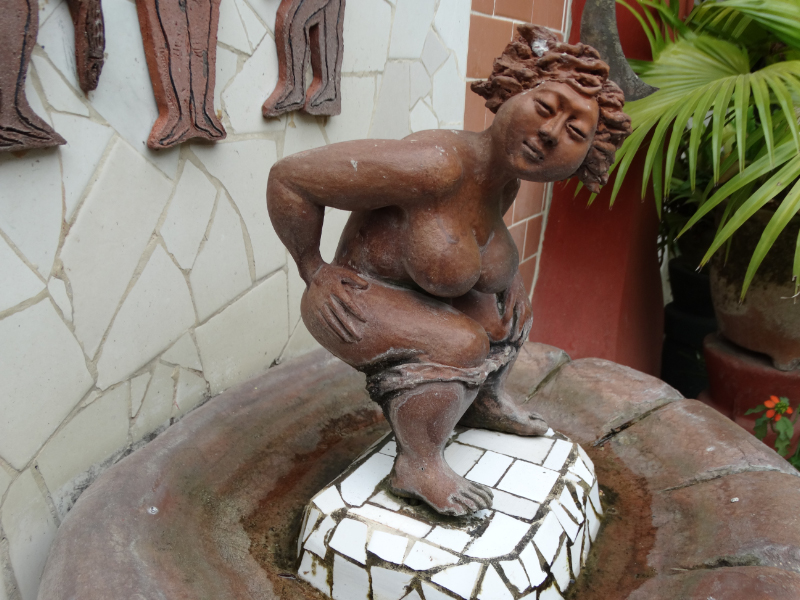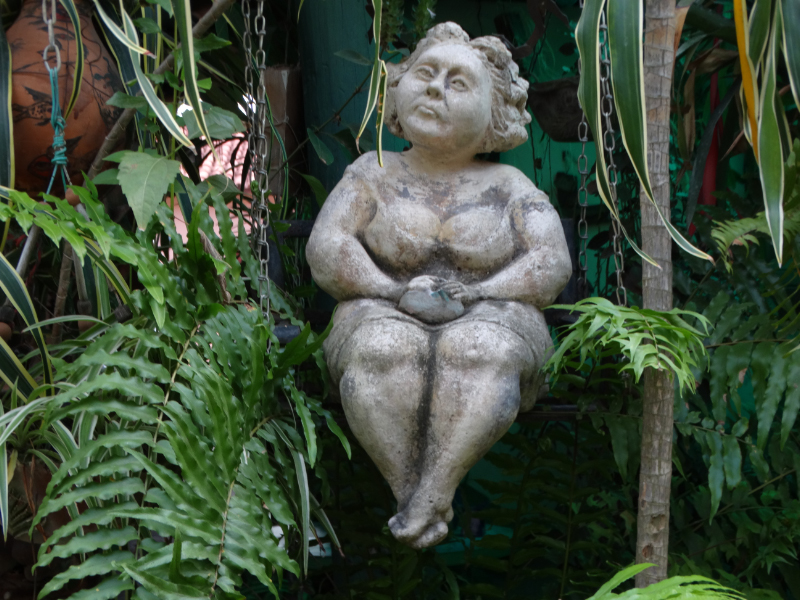Monday 9 to Wednesday 11 March
There are various opinions on the value of visiting Camagüey. It is a half way point between the cities that interested us in the west and our last destination Santiago de Cuba.
It is described as the city that does not fit into the Cuban lifestyle and also a maze of streets to get lost in. It is the most religious (Catholic) Cuban city and this is confirmed by the number of Churches that grace the city.
As for the maze of streets, perhaps we didn’t push ourselves hard enough or perhaps the fact that we conquered the Gotic & Raval of Barcelona, but we found it a very straight forward city to navigate.
It was here that the frustration of commerce came to a head. An attempt to buy toothpaste for a mere $1.00 was an interesting exercise in patience at a counter offering soaps and watches all in glass cabinets.
Most of the ‘department’ stores in Cuba are government run and there is little incentive to serve. Goods are expensive for Cubans who exist on a monthly wage equivalent to one night’s accommodation for us in a family home. It makes for cheap travelling but you are constantly challenged by what is available in the stores.
Camagüey also seemed to be light on music. The first place where roving musicians didn’t seem to be everywhere.
Our Casa Particular was a long way from the old centre of town and whilst very comfortable, the distance didn’t allow us to wander back for a siesta and freshen up before going out for dinner. This makes for a very long day.
We were lucky enough to climb the tower of the Nuestra Señora de la Soledad church and get a birds eye view of the city. All through Cuba, vultures circle in the air and from the church tower it seemed they were circling below us.
Beyond the immediate city there were a few high rise apartment blocks which would appear to belong to the era of Soviet influence prior to it’s demise.
Cuba, like so many Central Asian countries we travelled in, has been left lacking support following the Soviet collapse. Infrastructure that was put in place is rotting away.
Cuba it seems is reliant on imports from China. They are the cheapest variety and would not be accepted in Australia. They break quickly. There is a lot of broken stuff in Cuba.
We found in the Casa Particulars (home stays), that old items are very much in vogue. Old baroque style vases and ornaments decorated every casa we stayed in and were also on display in the museums – pointing to Cuba’s hey day when sugar and coffee were highly prized export commodities.
e_header.jpg)


